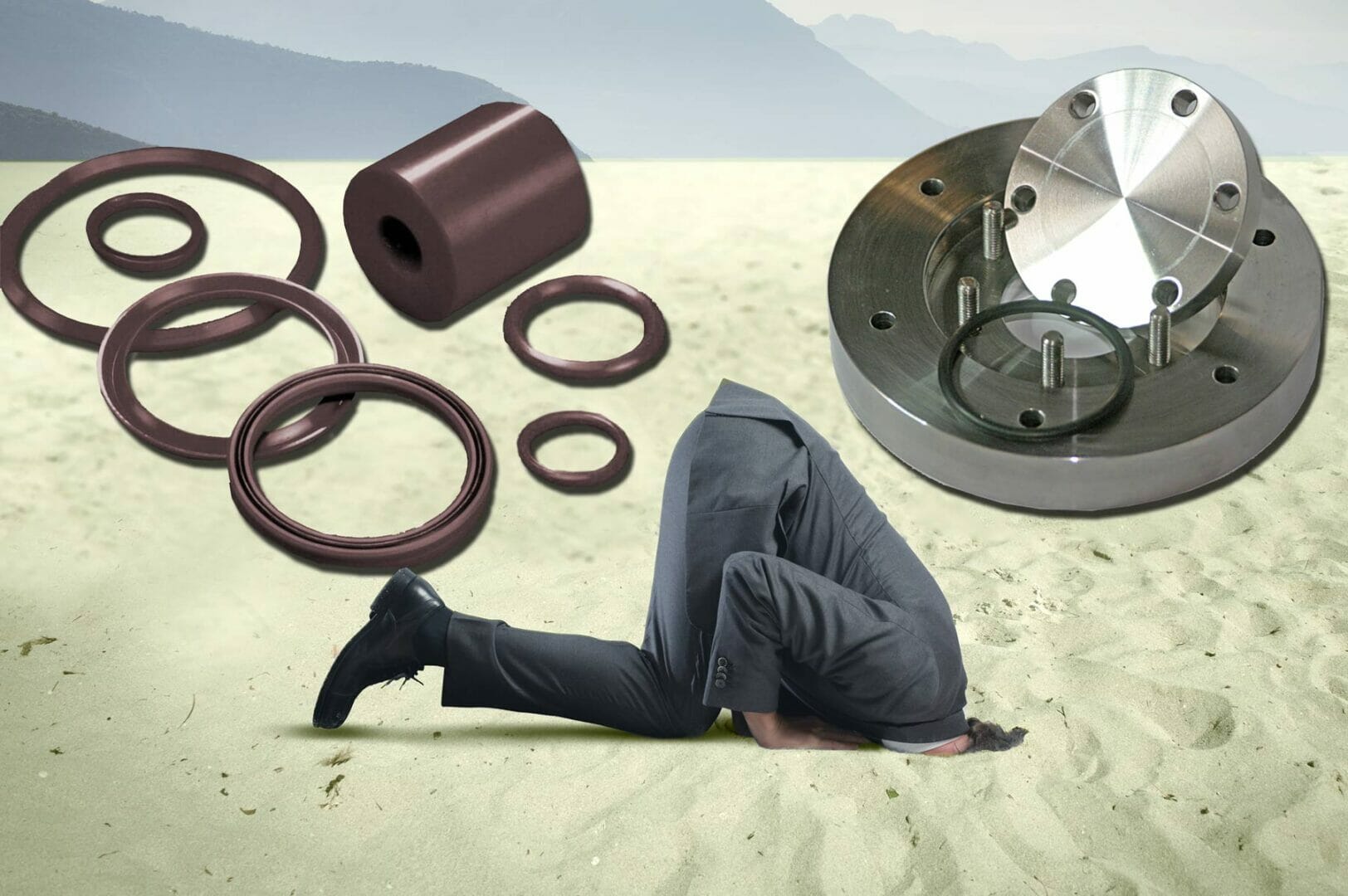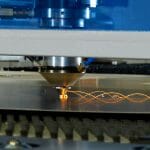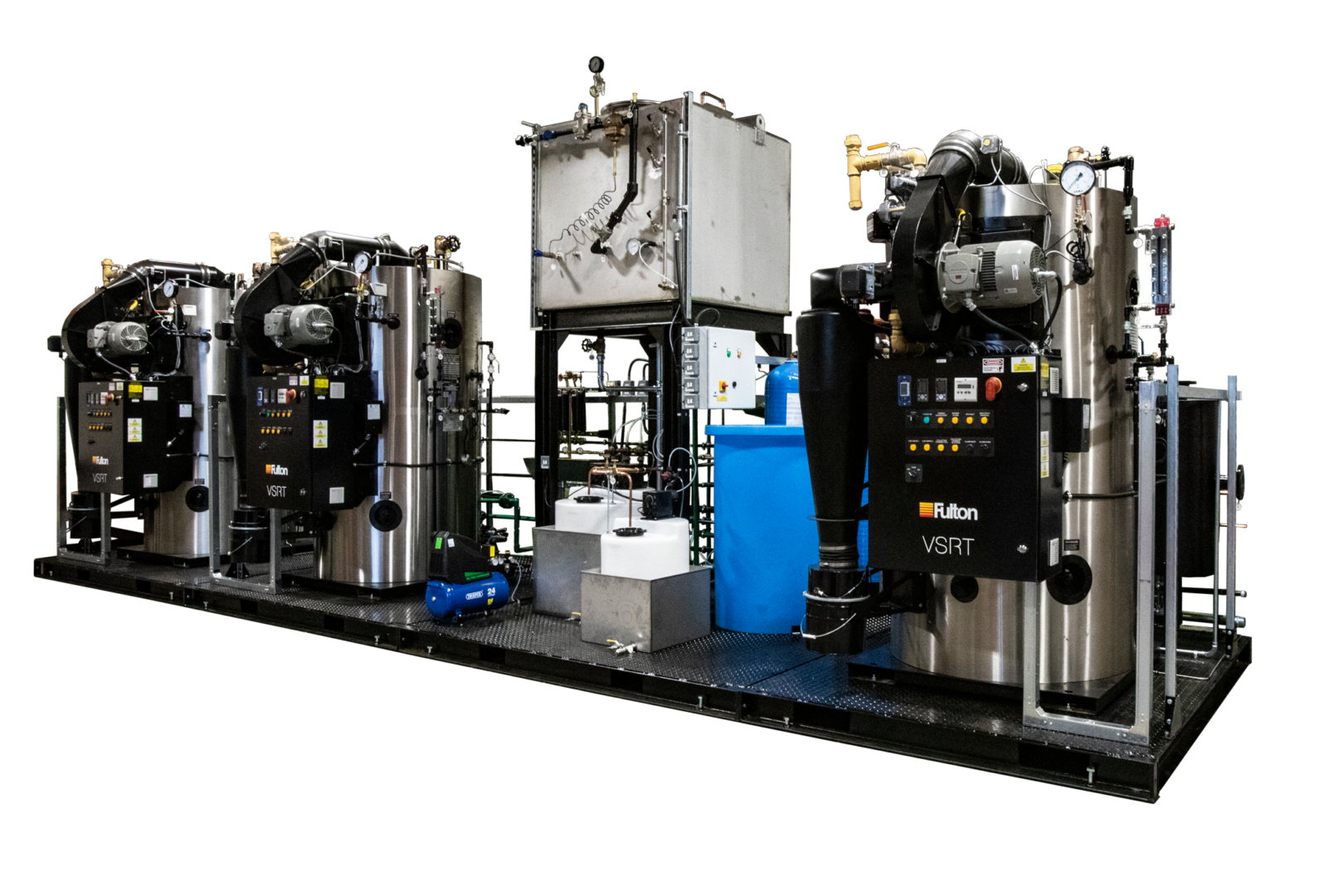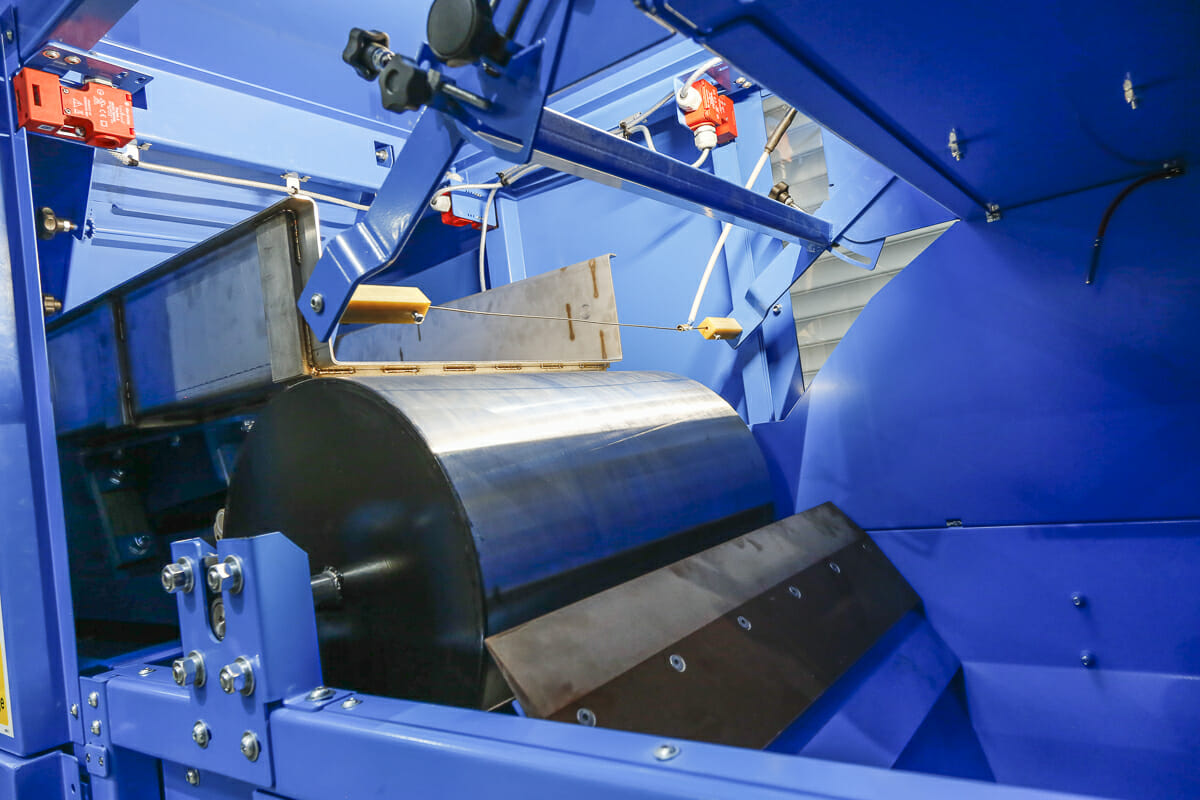Understanding how O-rings and seals leak is crucial to the safety and reliability of almost every engineering process and product. There are two approaches – the head in the sand approach or actually testing this critically important factor.
There is a fundamental problem with many seals – they don’t work as well as they could or should! Just because a seal keeps out water, grease or other liquids, people think it is working properly. But they forget about vapours, which can pass straight through materials such as seals and sealants, sometimes in great volumes – before condensing on the wrong side and causing problems.
As an example, gaskets, seals and O-rings made from silicone, cellulose, EVOH or PVOH are great at keeping liquid water out, but are virtually useless where water vapour is concerned. Numerous products have failed and been recalled for this reason.
Modern solutions to sealing problems are often based on multilayer, laminated coatings. Each layer provides a different characteristic, such as permeability to a specific gas, tear- or rust-resistance. Even some O-rings are upgraded by coatings that improve permeability, strength etc.. Over recent years the ability to understand the physical mechanisms behind vapour permeability has lead to real improvements.
Key to this understanding is the dramatic improvement in permeability testing – measurements that once took weeks, now take hours and are very precise. Versaperm is a leader in this technology and offers both the equipment to measure it and the expertise to understand it. We also offer a laboratory service that does the testing for you. The right coatings can dramatically improve the properties of many products and systems.
 Testing is more important than most people realise as manufacturing processes, such as thermoforming, extruding, moulding, heating or pressure, can easily quadruple the amount of vapour that passes through a formed component.
Testing is more important than most people realise as manufacturing processes, such as thermoforming, extruding, moulding, heating or pressure, can easily quadruple the amount of vapour that passes through a formed component.
Versaperm can measure vapour permeability not just for material samples but also for seals, O-rings, components and even assemblies. What’s more they can be measured not only for water vapour but also for hydrocarbons, oxygen, carbon dioxide and any other non-proscribed gas – all at the same time.
Results are accurate in the parts per million to parts per billion ranges depending on the material and vapour. Where desired Versaperm can also control environmental conditions such as temperature and pressure, even across diurnal and seasonal cycles.
Versaperm develops and manufactures its own ranges of vapour testing equipment, they are used by companies, universities, and National Standards laboratories around the world.
For more information:
Web: www.versaperm.com
e.mail: [email protected]








